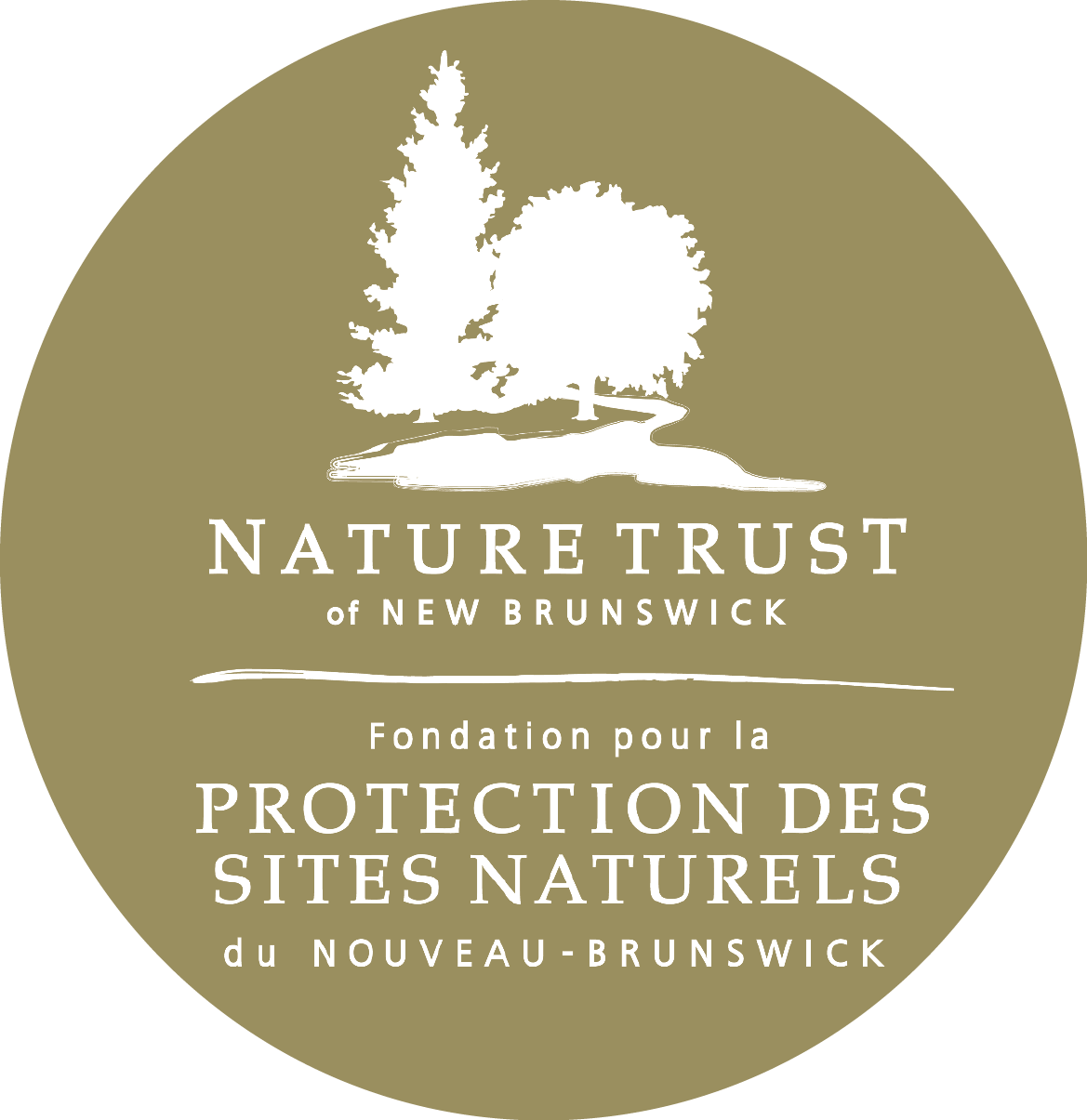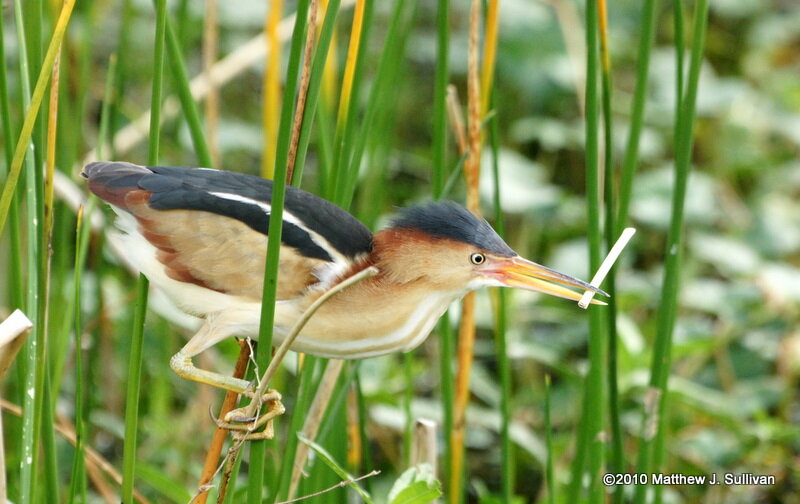(Ixobrychus exilis)
Status: Threatened
This means that without some form of action, they could disappear from Canada or the entire planet.
Identification guide:
Possibly heard, seldom seen. Call coming from marsh is a deep cu-cu-cu.
Small, brownish heron.
A close look reveals contrasting patterns of dark upper parts against paler slightly streaked throat and breast.
Light patches on wings, apparent in flight.
Song at www.natureinstruct.org/dendroica
Habitat & Behaviour
Few New Brunswickers have seen or heard the elusive least bittern (Ixobrychus exilis). It is rare and is well camouflaged against the tall marsh vegetation where it nests and feeds. It is small enough to perch on rushes in the marsh. When startled, it freezes with its bill pointed upward and sways with the reeds, making itself even harder to observe.
The least bittern lives in marshes with tall vegetation (e.g. cattails, rushes), usually within 10 m of clear, open water. It creates a platform for its nest, 15-70cm above the water, by bending the surrounding vegetation. Because of this, nests may be flooded due to sudden changes in water levels, making some marshes unsuitable.
This bird moves easily through thick marsh. Unlike other members of the heron family, which wade when seeking their prey, least bittern can perch on plants at the edge of the marsh when hunting, thus gaining access to deeper waters. It feeds on minnows, dragonflies, crayfish, and other small prey like frogs.
Threats
The main threat to the least bittern is wetland loss. Other concerns are related to habitat degradation: pesticides, toxins, and invasive species. Like all migratory birds, least bitterns, their nests and eggs are protected.
Ways You Can Help
Reduce potential disturbance by livestock and pets by preventing their access to marshes.
Follow best management practices with respect to waste management, pest control and erosion control (Contact NB Dept of Agriculture, Aquaculture & Fisheries).
Consider neighbouring wetlands in Environmental Farm Plans.
For impounded wetlands avoid causing large changes in water levels from the last week of May to mid July (when eggs and small chicks may be present in nests).
Adopt landscaping practices that maintain a buffer of natural vegetation along wetlands and watercourses.
This project was undertaken with the financial support of Environment Canada.
References: Poole et al. 2009 in The Birds of North America Online; COSEWIC 2007.
To find out more about Species at Risk conservation, contact our Conservation Manager, Carli Le Roux, below
or by calling (506) 457-2398.


